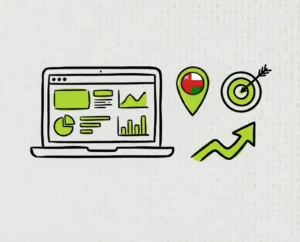How SEO and High‑Quality Content Boost Your Brand Visibility
In today’s fast-paced digital world, brand visibility isn’t just about being seen—it’s about being found, trusted, and remembered. As we step into 2025, search engines continue to dominate how consumers discover brands, while content remains the cornerstone of engagement and trust. Combining SEO (Search Engine Optimization) with high-quality content is the ultimate recipe for elevating your brand’s visibility, authority, and growth. In this in-depth article, we’ll unpack:
- ✅ The symbiotic power of SEO and content
- 🔍 Why search rankings still define brand exposure
- ✍️ What makes content “high-quality” in 2025
- 💡 Strategic ways to integrate SEO and content creation
- 📈 Real-world success stories from OnAdverts
- 🛠 Actionable steps to boost visibility in your niche
Let’s explore how these two pillars come together to make your brand shine—and sustain that glow.
The Synergy Between SEO and Content
SEO isn’t an afterthought—it’s inseparable from content. Here’s why they work better together:
Content Feeds SEO Signals
Good content attracts organic links, deepens engagement, and increases time-on-page—all meaningful ranking signals.
SEO Drives Traffic to Quality Content
Targeted on‑page SEO ensures your content gets seen by the right audience. Keywords, intent, structure, and metadata guide search engines to serve your content to potential customers.
Why SEO Still Shapes Brand Visibility
Although social media and paid ads have their roles, search engines remain the digital discovery hub. Here’s how SEO enhances brand awareness:
Search Is Still Trustworthy
According to recent surveys, over 70% of online journeys begin with a search query. Ranking on page one isn’t luck—it’s credibility.
Ranked Content Drives Organic Traffic
Unlike paid ads, SEO-built visibility can last years. Evergreen content continues to bring in relevant traffic long after publishing.
Ownership of the SERP Page
With SEO, brands control their branded search results—website, blog, social profiles, reviews, and even ads—building reputation and trust.
What Defines High‑Quality Content in 2025
“High quality” isn’t just about word count—it’s about relevance, depth, clarity, and resonance. Here’s what sets top-tier content apart:
Audience-First Context
Content maps exactly to user intent (informational, navigational, transactional) and delivers solutions for that need.
Rich Coverage & Depth
In-depth resources that explore the topic holistically receive more shares, backlinks, and user trust.
E‑E‑A‑T Standards
Elevating your content with Experience, Expertise, Authoritativeness, and Trustworthiness is essential, especially in competitive or YMYL niches.
Interactive & Multimedia Support
High-quality visuals, diagrams, interactive tools, infographics, and embedded video improve time spent and engagement metrics.
On‑Page Readability & Structure
Clear subheads, bullet points, call-outs, internal links, and calls to action ensure ease of consumption and better crawlability.
Integrating SEO and Content Creation: A Step‑by‑Step Process
Here’s a proven roadmap to combine SEO and content into a cohesive strategy:
1. Conduct Keyword & User Intent Research
Identify the most valuable keywords and queries for your market. Analyze SERPs to determine what Google expects for each keyword—lists, guides, tools, comparisons, videos? Align your content format to the intent.
2. Plan Topic Clusters & Pillar Pages
Base your structural strategy on a pillar page (high-level guide that covers core keywords) supported by topic clusters (e.g., FAQs, deep dives, checklists). This internal linking structure signals topical authority and gives users clear navigational flows.
3. Build a Robust Content Calendar
Use a SEO-informed content calendar to schedule a mix of content types: cornerstone articles, quick FAQs, product pages, templates, videos, and updates. Keep cadence consistent and aligned to thematic pillars.
4. Write for Humans, Optimize for Robots
Begin with human-first writing: provide value, clarity, and personality. Then optimize with:
- Natural keyword placement
- SEO-friendly title & meta tags
- Structured headings with relevant keywords
- ALT tags, captions, and schema markup
Keep SEO subtle, and the message pure.
5. Add Visuals, Tools & Multimedia
Incorporate shareable visuals, charts, interactive tools, mini‑videos, step‑by‑step visuals or audio snippets. These enhance user engagement—and send stronger signals to search engines.
6. Promote to Earn Links & Exposure
Once published, promote your content:
- Share on social media with relevant hashtags and video snippets
- Reach out to partners or influencers for syndication
- Pitch niche sites and industry blogs for co‑created content or coverage
7. Monitor, Update & Optimize
SEO is ongoing:
- Monitor rankings, organic traffic, time-on-page, bounce rate
- Update content every 6–12 months with fresh data, quotes, links
- Refresh headlines, visuals, CTAs—and Google will reward you for freshness
Tools That Streamline SEO & Content Workflow
To execute efficiently, smart tools are essential:
- Keyword & Competitive Research: SEMrush, Ahrefs, Moz
- Content Briefing & Editorial Workflow: SurferSEO, Clearscope, Notion, Airtable
- Multimedia Optimization: Canva, Figma, Vidyard
- Technical SEO Audits: Screaming Frog, Sitebulb, GTmetrix
- Analytics & Monitoring: Google Search Console, Analytics, Hotjar
Measuring Impact: Beyond Traffic and Rankings
We go beyond vanity metrics:
- Organic Click‑through Rate (CTR)
- Rankings for high-intent queries
- Backlink authority
- User engagement: scroll depth, session duration
- Conversions: form fills, trials, sales
- Branded searches and SERP ownership
Common Pitfalls and How to Avoid Them
❌ Ignoring Search Intent → Write content to match what users want
❌ Thin, shallow content → Offer completeness and detail
❌ Keyword stuffing → Keep writing natural and helpful
❌ Lack of refresh process → Schedule content audits
❌ Missing internal linking → Connect related content strategically
Embrace the Hybrid Formula for Visibility
In 2025, visibility isn’t driven by SEO or content—it’s powered by both working in harmony. SEO unlocks audience access, while high-quality content delivers value that sticks. This combo fuels long-term authority and trust in a world full of noise.
At OnAdverts, we build integrated content strategies that rank, engage, and convert, giving brands the exposure they deserve. From keyword-first planning to user-first storytelling, we ensure your brand is seen, valued, and remembered.
Final Thoughts: Take Action with Confidence
Here’s how to get started today:
- Audit your current content and SEO standing
- Identify 5–7 core topics or pillar ideas
- Plan your first pillar page + cluster
- Produce content with SEO, readability, and experience in mind
- Promote, measure, and iterate
With patience, quality, and SEO-smart writing, your brand visibility won’t just rise—it’ll become unstoppable.




